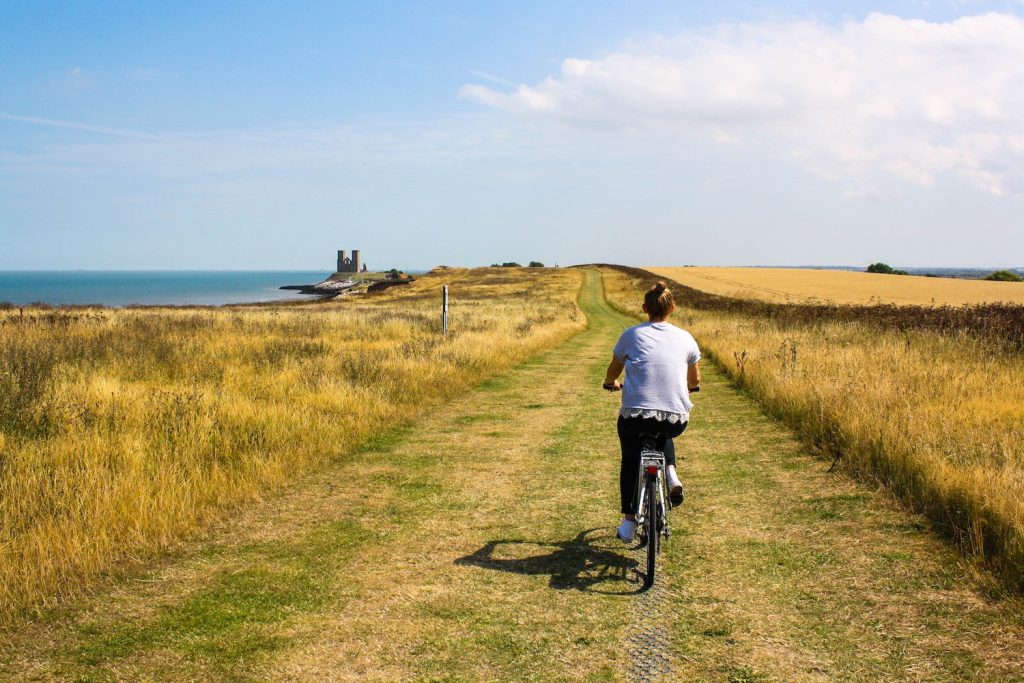Date: Upcoming event
Nbr of participants: X people
Language: English
How to use local knowledge to protect and manage landscapes, to improve the living environment and the quality of life?
The European Landscape Convention (2000, Florence) defines the landscape as a part of territory as perceived by the populations, whose character results from the action of natural and / or human factors and of their interrelations. It is a way of representing nature (aesthetic dimension of the sublime), the bearer of a morphological and social history, and a process shaping these forms. Landscape is transformed by social actors who regulate its use, consume it or transform it into merchandise (loss of biodiversity, climate change, etc.). Thus, the landscape concerns exceptional natural spaces, and ordinary or degraded rural, urban and peri-urban spaces, including aquatic environments.
The transformation of landscapes involves a few principles:
- Develop knowledge on landscapes (Atlas and Landscape Observatories on departmental or regional scales) and update them: identify landscape units, analyze their features (and the dynamics modifying them), identify cultural representations on landscapes;
- Sensitize citizens and urban councilors to the challenges of the landscape;
- Act for a sustainable transformation of landscapes and assess the transformations;
- Establish urban development strategies based on their identity and the aspirations of users.
Questions arise:
- How to manage the articulation between a wild renaturation and a controlled green of space? The recovery of forest cover and the presence of wild species can attest to wild renaturation, but it is in contradiction with human activities;
- How to ensure ecological continuity favoring biodiversity, without creating discontinuities within the landscapes? The rural-urban continuum sometimes becomes a mosaic of unrelated worlds;
- How to allow the continuity of urban development (and territorial attractiveness) in the face of environmental challenges (with collectives of inhabitants more and more expert for carrying out environmental impact studies)?
Conflicts arise when with the choice of land uses, particularly in terms of urban sprawl to meet financial challenges; the legitimacy given to sustainable landscape projects (or not) according to their visual impact or relating to local identity; the link between playful activities and economic activities within natural, but not wild, areas.

